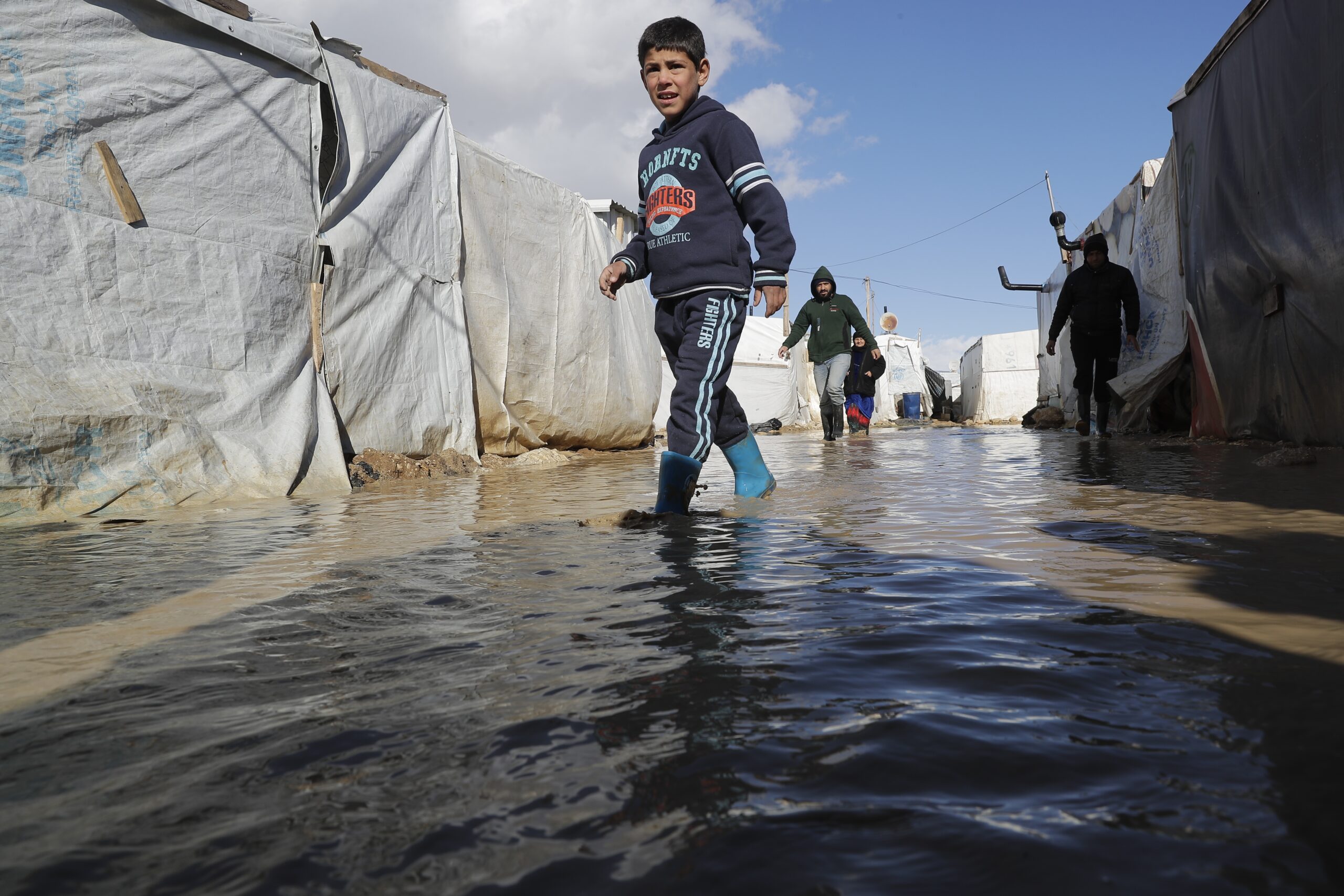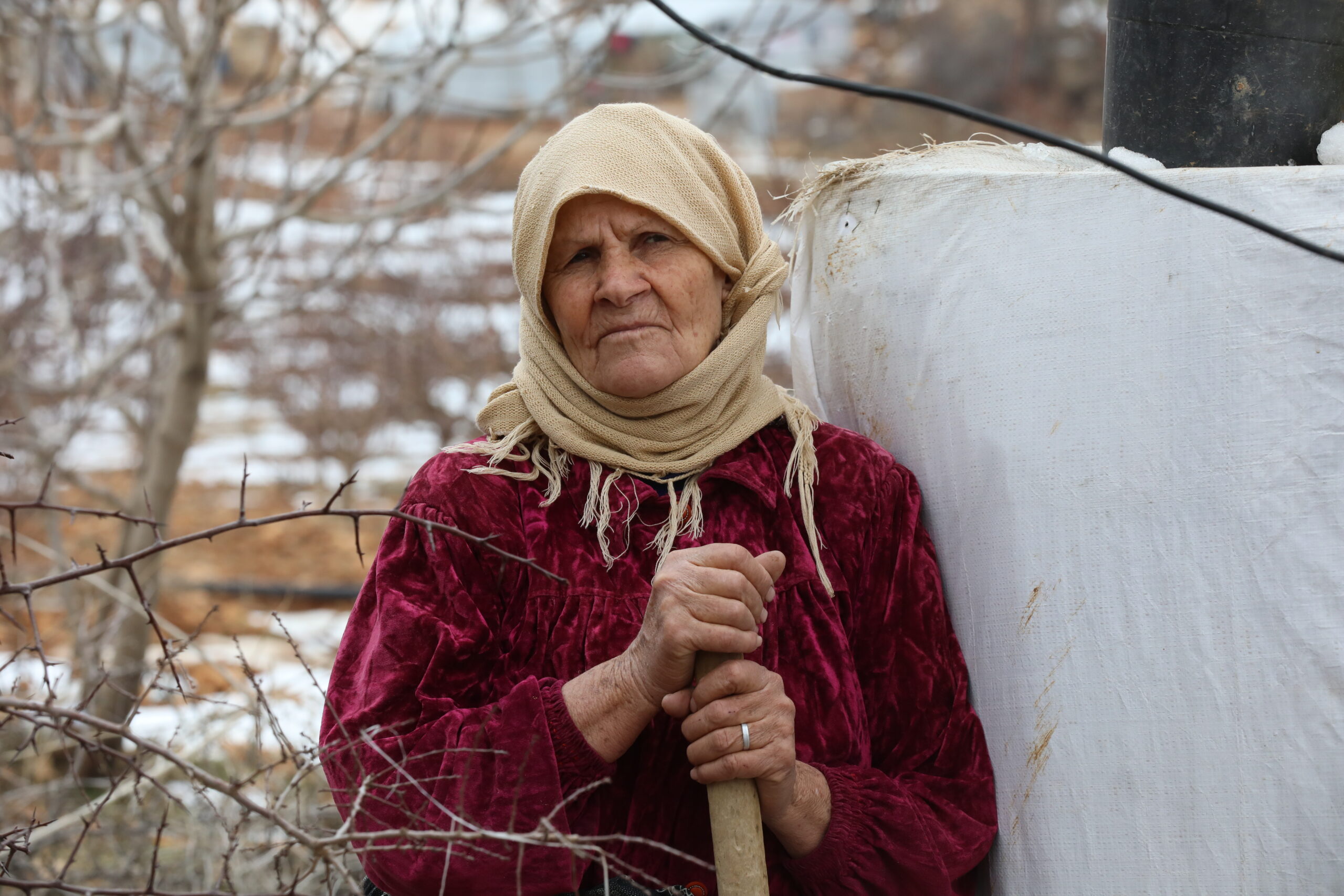Winter Emergency
In winter, icy cold, muddy water can flood into shelters, damaging the precious few clothes and belongings of many families. Give Relief Now
USD 211.3 million is needed to ensure that life-saving winterization assistance is in place before the often harsh and challenging winter season starts. For many, this will be the tenth consecutive winter in displacement, with families facing even greater hardships this year due to the COVID-19 pandemic and its socioeconomic impact.
There are over 10 million Syrian and Iraqi internally displaced persons (IDPs) and refugees in Syria, Iraq, Lebanon, Jordan and Egypt. UNHCR estimates that 3.8 million people need timely and substantial help to properly prepare for the forthcoming winter.
5 THINGS TO KNOW ABOUT REFUGEES THIS WINTER

1. Winter will leave many refugees vulnerable this year
Many refugees live in rented or shared accommodation, which are poorly insulated or maintained. Rents are often high, and not being able to make the payments, often makes them vulnerable to landlords.

2. Savings, for those that had them, have run out
The crisis in Syria has been ongoing for over 10 years. Many refugees faced financial hardship for years before leaving their country. Now, without the ability to work.

3. Temperatures in the Middle East can drop dramatically low
Although it may be hard to imagine in a desert, much of Syria, Lebanon, Jordan and Iraq can get very cold. At night, temperatures can plummet below zero, leaving many refugees at risk. Together with powerful winds, some areas are also hit by snow and torrential rainfall, leading to floods.

4. Poverty makes the winter more extreme
In Lebanon, close to 1 million Syrians live below the poverty line, many on less than US$2.90 per person per day – making it nearly impossible to cover food, health and shelter.

5. This year, COVID-19 had made the need even greater
When the pandemic arrived and restrictions were put in place to contain its spread – it has threatened jobs and pushed households deeper into poverty. At the same time, conflict and insecurity continue in areas like northwest Syria, forcing more people out of their homes and into the cold.
LISTEN TO WHAT REFUGEES SAY
Last year in Syria, UNHCR supplied almost 2.5 million winter items – including warm blankets, plastic sheets, winter jackets, sleeping bags and winter clothing. Here, refugees share what is needed most.

“It’s not warm enough in here. I make the stove drip slowly so that the diesel doesn’t run out quickly. Sometimes we get warm, then it gets cold. Sometimes we turn off the heater and other times, we cover up with blankets.” – Shakiba, Jordan

“I cry about my children, about my country, about my home that vanished, about my belongings.” – Um Bassam, Jordan

“When it starts raining, I worry. Where would I go? I have no relatives, no one but kind neighbours. I deal with this flooded water alone, what am I going to do? And the night is dark and cold.” – Koneh
WINTER SUPPLIES THAT CAN HELP REFUGEES THIS WINTER

Winter survival kit includes sleeping bag, thermal blanket, kitchen set and more to support a family of 5. As the temperature is dropping below zero, we need to send survival kit now.
The cold air chill them into their bones, sleeping on the cold hard ground is making it worse. $4000 can provide 10 families of 5 sleeping bags to have good night sleep this winter.


Refugees and displaced families were forced to leave everything they owned behind. The comforting thermal blanket at least keep them warm for the freezing winter. $3000 can provide 10 families of 5 with thermal blanket.
At subzero temperature, warm food is more important than ever to regain strength. $1800 can provide 10 families with basic cooking ware.


Families are forced to flee at subzero temperature, jackets keep them warm on their way to safety. $1500 can supply 10 winter jackets for someone in need.
LISTEN TO WHAT OUR STAFF SAY

